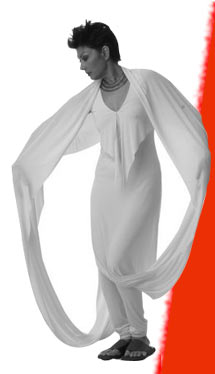I am on an adventure with Alex. That is my new acquaintance Alex Bellos,
journalist, peripatetic traveller and a wonderer in Numberland. Do I see a
puzzled look come into your eyes? Well my adventure with Alex is through
his fascinating book Alex’s Adventures in Numberland – Dispatches From the
Wonderful World of Mathematics.
Have you ever wondered why we use the number ten as the base, as in the
decimal system? All of us who are over forty remember inches and feet and
dozen and gross not so long ago. And twelve as a unit makes much more sense
than ten. Ten divided by anything but five and two comes up with awful figures.
Like 3.33 when we need three parts, or 14.285 when we need a seventh part. But
think of twelve as a unit once again. It can be divided by many more numbers
– 2, 3, 4, 6 and therefore come up with many cleaner numbers when divided.
In fact there are people and societies which exist to try and re-push the agenda
of the dozenal, as it is called. And one of the main proponents, the President of
the Dozenal Society of America, Michael de Vlieger, argues about its usefulness
in all the measurement using occupations from architecture, to engineering to
carpentry.
Have you ever wondered why stocks are called stocks and the stock market the
stock market? What is a stock? Well, in the 19th century the Bank of England used
to use sticks to indicate a certain monetary value when they borrowed or loaned
money. The sticks had a mark on them which indicated the amount, based on the
distance from the base. A piece of wood used to be split down the middle giving
two parts, the stock and the tally, one for the bank the other for the borrower or
lender. The same marking was made on both, with the tally acting like a receipt.
The lender became the stock holder or the stockbroker. Hence the current term.
Many of us who today consider English as our first language, still say our times
tables in our mother tongue – I do it in Gujarati. Somehow what used to be sing
song fun in Indian languages seems to become drab in English. Alex’s research
indicates that this quality of times tables exists in most Asian languages and
gives us an innate edge on mathematical speed over Westerners. Experiments
have consistently shown that Asians find it easier to learn counting than
Europeans. “In one study with Chinese and American four and five year olds,
the two nationalities performed similarly when learning to count to 12, but the
Chinese were about a year ahead with higher numbers.”
Though I use my fingers to count even today, I for one never used the abacus,
though I think that in the past, parts of India had them. In Japan, with all the
modernity of computers and calculators, the abacus is still in huge demand, not
necessarily to do daily maths, but as a symbol of pride in history and mental
prowess. Children go to Soroban or abacus classes as they would to skating or
tai chi. The system even has a belt system like in the martial arts. There are over
20,000 abacus clubs in the city of Tokyo alone. Young bright children from age
five to twenty go to hone their skills of super fast calculating with the clicks of
the beads the only sound. An even more fascinating aspect of Soroban is the
aspect called Anzan. After mastering the abacus for a few years, you can visualize
it without actually having it in your hands. Only the best students get the hang of
this. To encourage it, Yuji Miyamoto, head of the best abacus school in Tokyo, not
only holds national championships but has also developed the computer game
Flash Anzan. It is an astonishingly difficult game which no calculator or computer
can solve at the speed of the mental mathematics that the visualization allows.
Experiments with brain imaging done in Japan during an Anzan competition
show that an entirely different part of the brain is used for this than that used in
solving conventional maths puzzles.
Alex’s book is a treasure house for the curious and those interested in connecting
the dots of history and culture. Are some teachers of maths listening?
.

